Related Research Articles
Peter Rice was an Irish structural engineer.
The year 1977 in architecture involved some significant architectural events and new buildings.
William Ian Liddell is a structural engineer and the designer of London's Millennium Dome. He was one of the founding partners of Buro Happold and is a Royal Academy Visiting Professor of Engineering Design at Cambridge University School of Engineering. He is now a consultant for Buro Happold.
Arup is a British multinational professional services firm headquartered in London that provides design, engineering, architecture, planning, and advisory services across every aspect of the built environment. It employs about 17,000 people in over 90 offices across 35 countries, and has participated in projects in over 160 countries.

Thomas Alexander Heatherwick, is an English designer and the founder of London-based design practice Heatherwick Studio. He works with a team of more than 200 architects, designers and entrepreneurs from his studio in King's Cross, London.
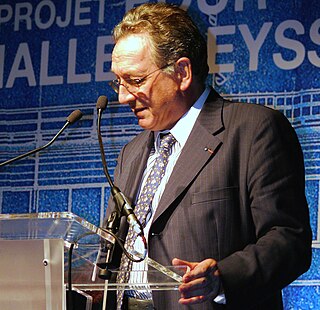
Michel Virlogeux is a French structural engineer and bridge specialist.
Royal Designer for Industry is a distinction established by the British Royal Society of Arts (RSA) in 1936, to encourage a high standard of industrial design and enhance the status of designers. It is awarded to people who have achieved "sustained excellence in aesthetic and efficient design for industry". Those who are British citizens take the letters RDI after their names, while those who are not become Honorary RDIs (HonRDI). Everyone who holds the distinction is a Member of The Faculty of Royal Designers for Industry.
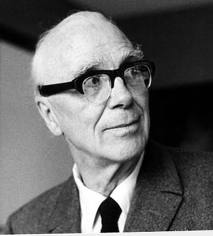
Sir Ove Nyquist Arup, CBE, MICE, MIStructE, FCIOB was an English engineer who founded Arup Group Limited, a multinational corporation offering engineering, design, planning, project management, and consulting services for building systems. Ove Arup is considered to be among the foremost architectural structural engineers of his time.
Sir Edmund "Ted" Happold was a structural engineer and founder of Buro Happold.
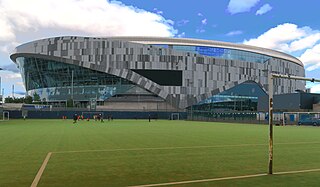
The Institution of Structural Engineers' Structural Awards have been awarded for the structural design of buildings and infrastructure since 1968. The awards were re-organised in 2006 to include ten categories and the Supreme Award for structural engineering excellence, the highest award a structural project can win.
Sir Gerhard Jacob Zunz was a British civil engineer and former chairman of Ove Arup & Partners. He was the principal structural designer of the Sydney Opera House.
Povl Ahm was a structural engineer and former chairman of Ove Arup & Partners.

Cecil Balmond OBE is a British Sri Lankan designer, artist, and writer. In 1968, Balmond joined Ove Arup & Partners, leading him to become deputy chairman. In 2000, he founded design and research group, the AGU . He currently holds the Paul Philippe Cret Chair at PennDesign as Professor of Architecture where he is also the founding director of the Non Linear Systems Organization, a material and structural research unit. He has also been Kenzo Tange Visiting Design Critic at Harvard Graduate School of Architecture (2000), Eero Saarinen Visiting Professor at Yale University School of Architecture (1997-2002) and visiting fellow at London School of Economics Urban Cities Programme (2002-2004).
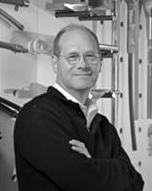
William Frazier Baker is an American structural engineer known for engineering the Burj Khalifa, the world's tallest building/man-made structure and a number of other well known buildings. He is currently a structural engineering partner in the Chicago office of Skidmore, Owings & Merrill, LLP (SOM).
The International Award of Merit in Structural Engineering is presented to people for outstanding contributions in the field of structural engineering, with special reference to usefulness for society by the International Association for Bridge and Structural Engineering
Christopher Mark Wise is an English academic and engineer. Wise began his career with Ove Arup and Partners in 1979. After working in UK, Australia and US, he became Arup's youngest Director in 1992, and later became one of five Board Directors responsible for Building Engineering's 500 engineers and support staff. In 1999 he left Arup and co-founded Expedition Engineering together with Seán Walsh.
AKT II is a London based firm of structural, civil and transportation engineering consultants. It was founded as Adams Kara Taylor in 1996 by Hanif Kara, Albert Williamson-Taylor and Robin Adams. Now numbering over 350 employees, it is one of the largest structural engineers in London.
The year 2015 in architecture involved some significant architectural events and new buildings.
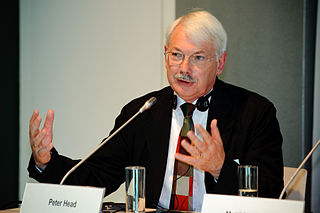
Peter Richard Head CBE FREng is a civil and structural engineer. Since 2004, he led the global planning practice at Arup, UK. Currently, he is CEO of Ecological Sequestration Trust, based in London, UK.
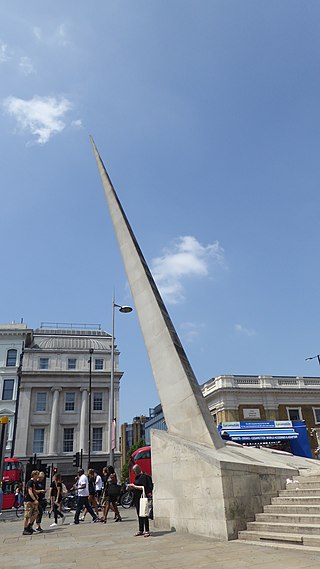
Tensioned stone is a high-performance composite construction material: stone held in compression with tension elements. The tension elements can be connected to the outside of the stone, but more typically tendons are threaded internally through a drilled duct.
References
- 1 2 "Tristram Carfrae". Arup Group.
- 1 2 3 "Tristram Carfrae, UK". International Association for Bridge and Structural Engineering (IABSE).
- 1 2 Tristram Carfrae (2014). "Tristram Carfrae - Gold Medal Address 2014". Institution of Structural Engineers . Retrieved 30 March 2020.
- ↑ "Merit". www.iabse.org. Archived from the original on 5 March 2012.
- ↑ "RSA's Royal Designers for Industry 2017 revealed". 24 November 2017.
- 1 2 3 4 5 Jackie Whitelaw (16 March 2015). "Interview - Tristram Carfrae: "I've had luck all my life"". Infrastructure Intelligence.
- 1 2 3 4 Jackie Whitelaw (1 October 2014). "Profile: Tristram Carfrae".
- ↑ "Seville's Pavilion of the Future to host Andalusia's unique Archive Centre". Bureau International des Expositions . 17 August 2016.
- ↑ "Tristram Carfrae RDI". Royal Society of Arts.
- ↑ "Arup designer Tristram Carfrae wins the Royal Academy of Engineering Whittle Medal" . Retrieved 18 September 2024.